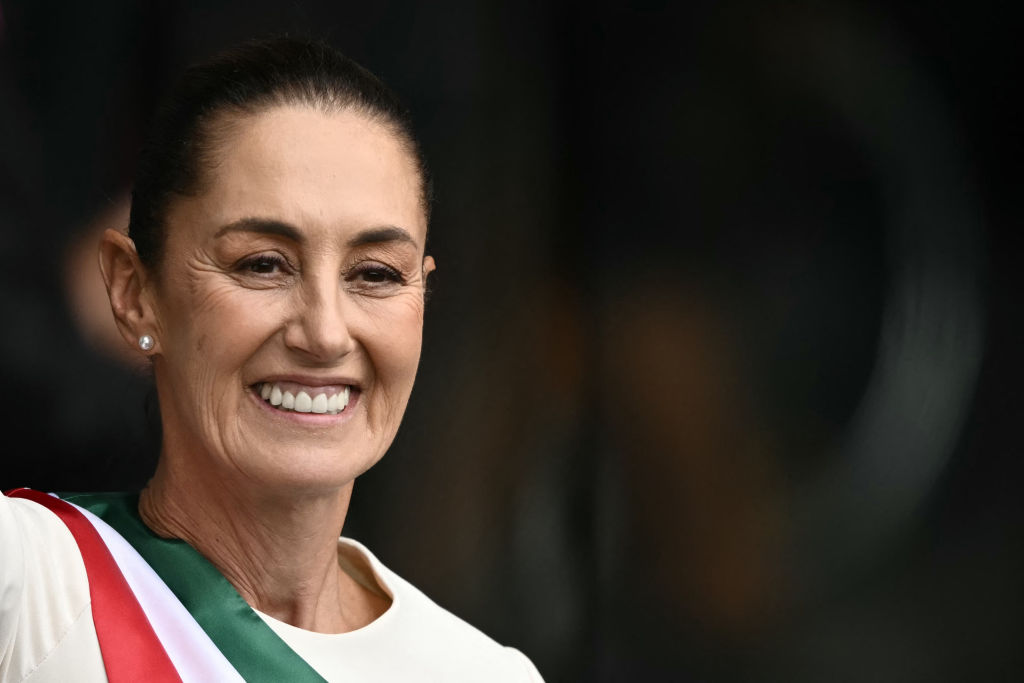Since taking office on October 1 as Mexico’s first woman president, Claudia Sheinbaum has had — to put it mildly — an eventful month.
She has made three trips to Acapulco to coordinate recovery efforts in the aftermath of Hurricane John. She has overseen the passage of key constitutional amendments, including measures to restore the passenger train network (privatized and eliminated in the ’90s), return the energy sector to public control, and authorize the federal housing authority, INFONAVIT, to build much-needed social housing. She has launched new programs to lower the pension age for women, provide home-to-home health care for senior citizens, provide day care for the children of maquiladora and field workers, and ban the sale of junk food in schools. And she has faced her own gruesome welcome wagon of violence, including the beheading of the mayor of the city of Chilpancingo, Guerrero, a pair of car bombings in the state of Guanajuato, and the killing of six migrants in Chiapas after the military opened fire on the truck carrying them, an incident currently under investigation.
But among all of these, the affair really putting her young administration to the test was set off before she took office: the judicial reform amendment, ratified on September 15, which provides for the direct popular election of federal judges.
The judicial reform will roll out in two stages: half of the federal judiciary, including the Supreme Court, will be chosen in a special election in June 2025, and the other half at the time of the midterm elections in…
Auteur: Kurt Hackbarth

